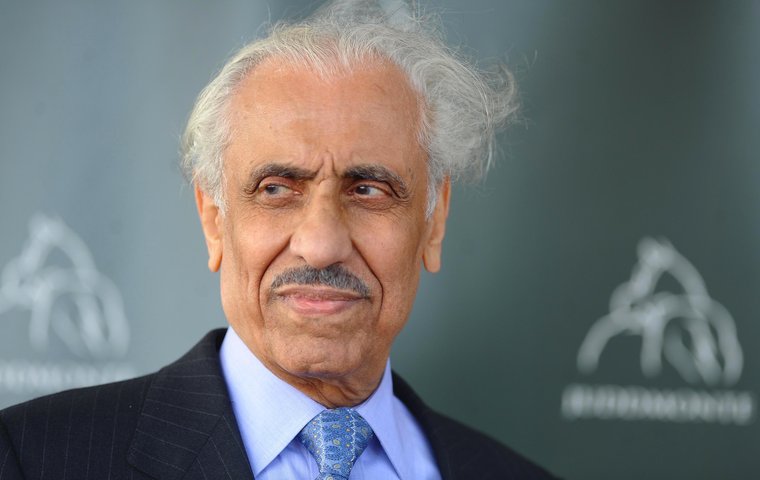
The seed was sown way back in Paris in 1956, when a 19-year-old Saudi royal was taken to Longchamp for the first time by a couple of friends. It was to prove a seminal experience for Prince Khalid Abdullah, who promised himself at the day’s end that he would one day own a racehorse.
From that aspiration would spawn the definitive racing and breeding empire of its time. Juddmonte today is a byword for excellence, both in Europe and the US, where Abdullah has won no less than 17 Eclipse Awards.
It was 40 years ago that Known Fact won Abdullah his first Classic when he was a promoted winner, on Nureyev’s disqualification, of the 2000 Guineas at Newmarket. In the process, Abdullah became the first owner from the Middle East to win a British Classic. A further 28 have followed in Europe to date, of which 26 were won by homebreds.
It was precisely the way Abdullah envisaged it when he established Juddmonte Farms. His Thoroughbred nursery is without peer. It reached its zenith when it bequeathed Frankel, the genetic masterpiece who retired unbeaten after 14 races over three seasons from 2010.
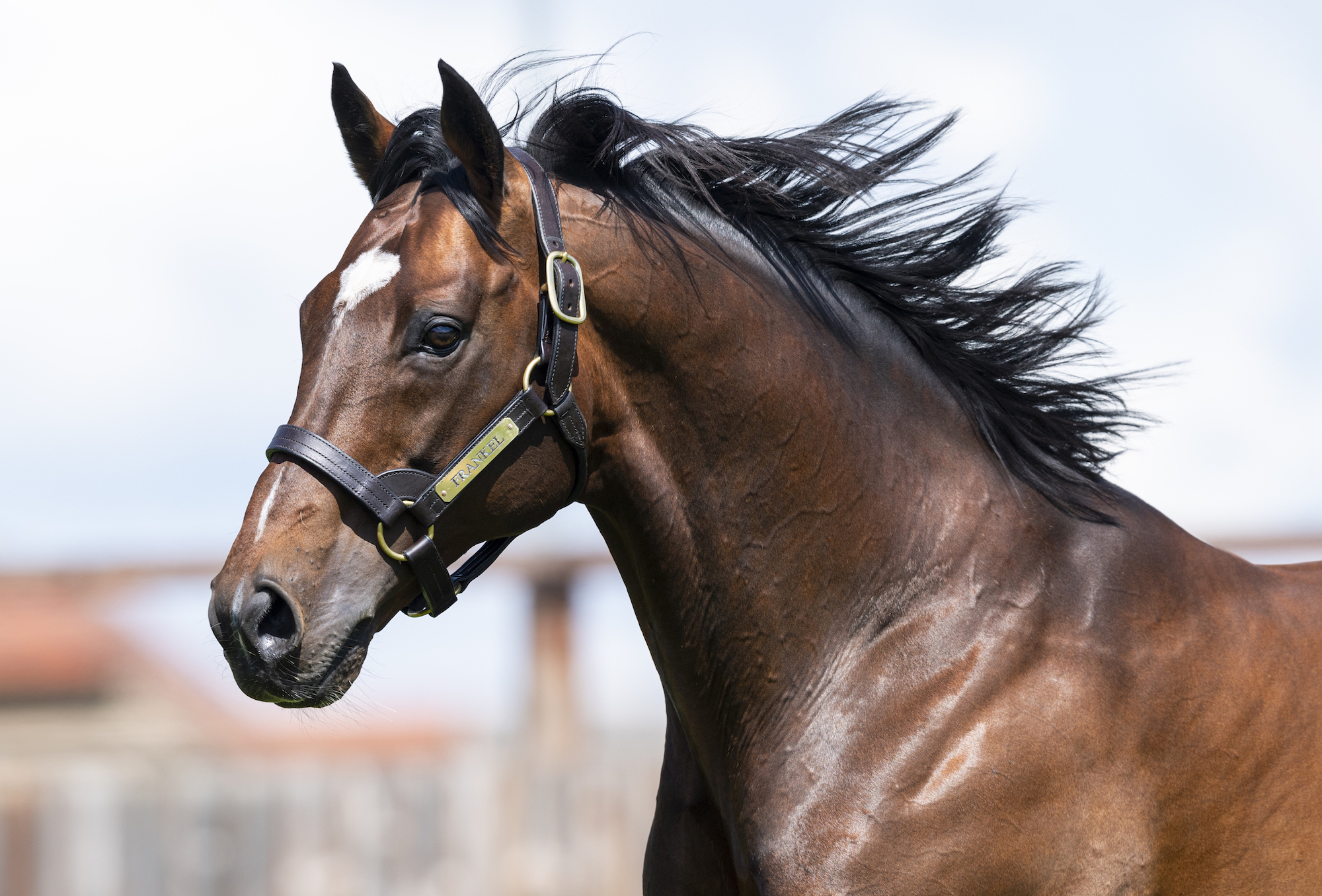
In such circumstances, Abdullah’s closely-knit team of managers were entitled to anticipate the future with a sense of foreboding. What could Juddmonte possibly do for an encore?
It wasn’t long before we had the answer. In posting her 11th G1 victory in the 2020 King George VI and Queen Elizabeth Stakes, Enable overhauled Frankel as the most successful Juddmonte homebred of all time. Frankel is a Juddmonte product through four female generations, while Enable stretches back to a fifth. This detail underlines the strength of the foundations on which Juddmonte was built.
The early years
Abdullah bought his first three yearlings in 1977, followed by five more the following year. He raised the ante significantly in 1979, yet even while he signed for the top-priced yearling at Tattersalls, the 264,000-guinea colt Sand Hawk, he craved a more intimate involvement. Like most of the Turf’s titans, he wanted to breed his own.
He appointed bloodstock agent James Delahooke as his stud manager with a brief to find suitable farms on which to raise the progeny of fillies and mares he also purchased in abundance in the first half of the 1980s.
In 1982, Delahooke made a series of land acquisitions in Ireland and the U.S., principally from Dr Hubert Schnapka, from whom he purchased Ferrans, in County Kildare, and Belair Stud, in Kentucky. These nurseries would rear the first wave of Juddmonte homebreds, among them Warning, who was Europe’s best racehorse in 1988. The dye was cast.
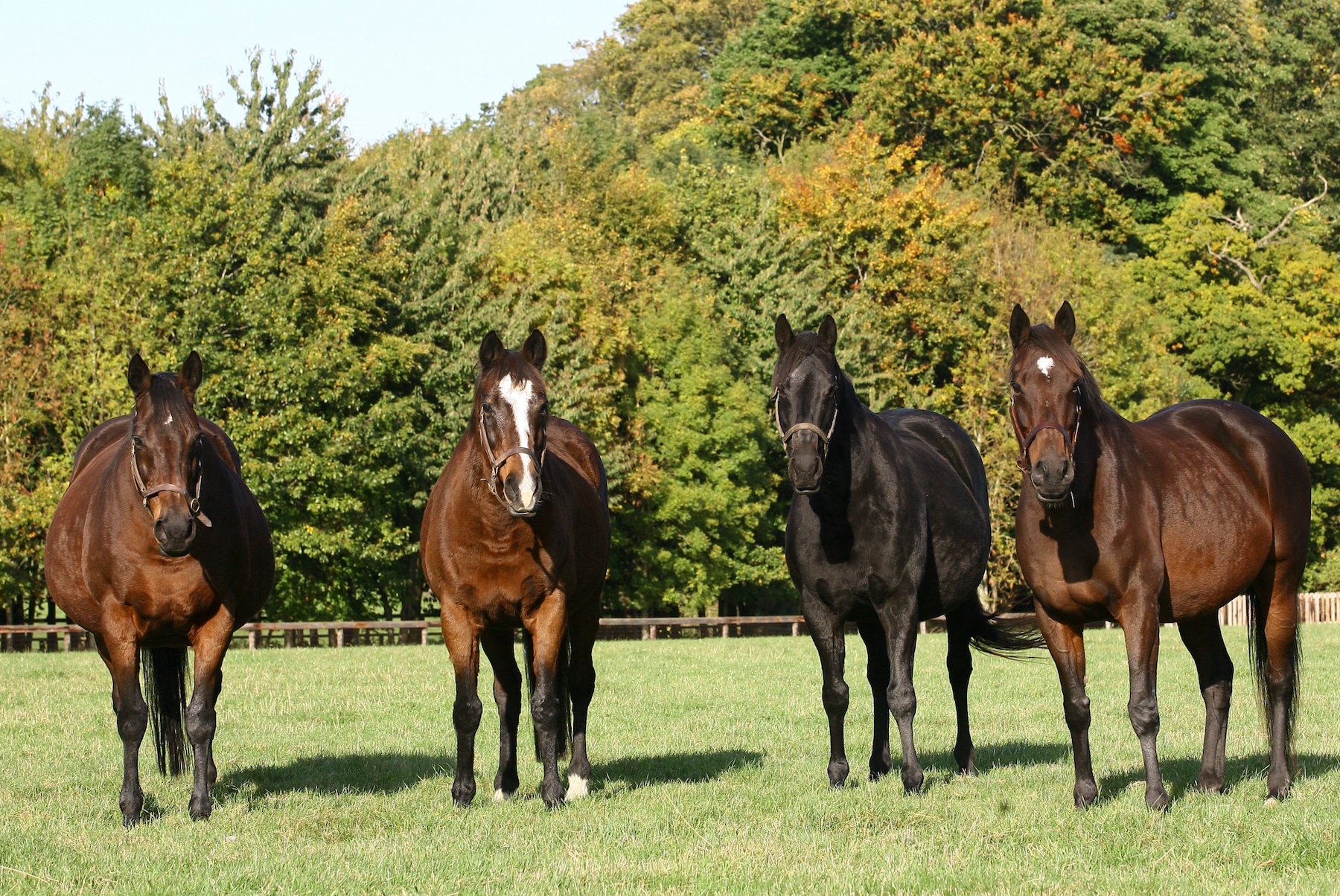
Warning was a harbinger of things to come. He was by Known Fact, the first stallion ever stood by Abdullah – initially at his Juddmonte Farms at Wargrave and subsequently at the eponymous farm in Kentucky. He was out of Slightly Dangerous, whom Abdullah purchased as a 3-year-old in training in 1982, and who carried the prince’s silks into second place in that year’s Oaks.
Abdullah’s blueprint required Delahooke to buy fillies and mares of regal origins, as Slightly Dangerous was. Subsequent to Warning, she produced 1993 Derby winner Commander In Chief, 1996 Derby runner-up Dushyantor and 1990 Irish Derby runner-up Deploy in addition to the G1 winner Yashmak.
Indeed, the vast majority of Juddmonte’s elite homebreds trace back in female line to half a dozen foundation-mare purchases made in its formative years. The most celebrated is Hasili, a granddaughter of foundation mare Sookera. Hasili’s sons and daughters included the G1 winners Banks Hill, Cacique, Champs Elysees, Intercontinental and Heat Haze, as well as Dansili, who became a stalwart among Juddmonte stallions.
This organic success is what Abdullah aspired to from the beginning. He has achieved it in the face of strong competition from the likes of John Magnier’s Coolmore Stud and the plethora of wealthy Middle Eastern potentates who have embraced the British turf with unprecedented relish.
Homebreds on stream
As Juddmonte’s horizons expanded, so too did the reach of its Thoroughbreds. Runners just short of the highest class in Europe were campaigned as older horses in the U.S., initially with John Gosden and subsequently Bobby Frankel. This rich new seam of opportunity was seized upon by the likes of Alphabatim, Exbourne, Hatim and Marquetry, all of which won G1 races in the 1980s on their transfer from Europe.
The 1980s also ushered in what many thought would be the best horse ever to carry Abdullah’s silks. Dancing Brave was unlucky not to win the 1986 Derby but he won just about everything else: the 2000 Guineas, Eclipse, King George and Prix de l’Arc de Triomphe. He was a totemic racehorse, although the fact he was bought at public auction, rather than bred by Juddmonte, diluted his status in Abdullah’s eyes.
The closing years of that decade saw Abdullah make further land purchases to accommodate his rising numbers. More than 500 acres were acquired in the U.S. to complement Abdullah’s purchase of Banstead Manor Stud, on the outskirts of Newmarket, which would become Judmonte’s nerve centre and home to its growing roster of stallions.
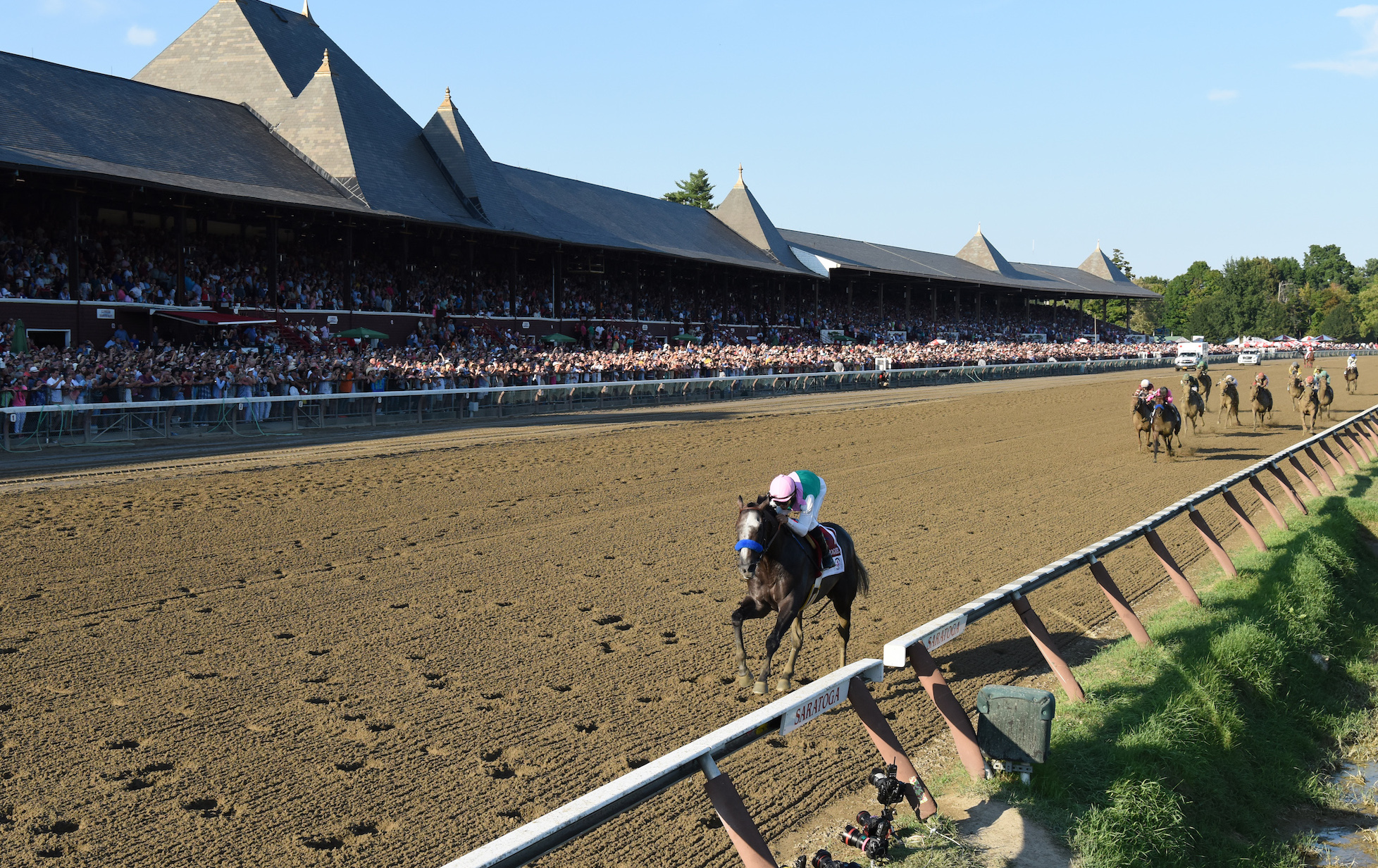
Two other important properties were bought as Abdullah’s managers refined the optimum way to rear the homebreds. Juddmonte bought the 1,600-acre Estcourt Estate, in Gloucestershire, where young foals born at Banstead Manor are sent to graze in the summer months ahead of their transfer to Ferrans. And New Abbey Stud, like Ferrans also in Kildare, came onstream 1990, with its light-soil pastures particularly well suited to winter grazing.
By this time, Juddmonte’s nurseries were becoming so productive that Abdullah had all but withdrawn from the yearling sales market. By the mid-1990s he had more than 200 broodmares. He had rapidly become self-sufficient.
Within 20 years of Known Fact’s Classic strike at Newmarket, Juddmonte’s homebreds had won all five of the British classics. The sequence was completed by Wince in the 1999 1000 Guineas. And the full house in France followed five years later, courtesy of American Post’s victory in the 2004 Poule d’Essai des Poulains. There, Abdullah silks were irresistible.
The new millennium
The first decade of the new millennium saw Juddmonte at its strongest. Its home-grown stallion division made ideal mates for a broodmare band that was intimately known to Abdullah and his managers – although in all matters to do with racing and breeding, the prince would always make the final decision.
Abdullah’s hands-on presence is cited by his employees as the litmus for Juddmonte’s litany of achievement. It reached its apogee in a 4-year spell from 2008, when its annual tally of individual G1 winners numbered seven, seven, eight and eight.
In the U.S., Juddmonte only started racing a string of 2-year-olds after Bobby Frankel died in 2009. From their number emerged the Bob Baffert-trained Arrogate, champion 3-year-old male in 2016 and then the biggest money-earner of all time after his Dubai World Cup triumph in 2017.
Before that, Frankel had been sent a small handful of homebred yearlings in the early years of the new millennium. Among them was Flute, winner of the 2001 Kentucky Oaks, and Empire Maker, winner of the 2003 Belmont Stakes. Frankel, who succumbed to cancer, was seen by Abdullah as a prized asset within Juddmonte’s hierarchy. It was thoroughly apposite that the horse named in Frankel’s memory would carry all before him in Britain.
Even those who watched Tudor Minstrel win the 2000 Guineas by eight lengths in 1947 attest that Frankel is the best racehorse they have seen. Trained by Sir Henry Cecil, the son of Galileo brought to life the most fanciful dream entertained by every breeder: that they would one day produce a horse of near-mythical proportions.
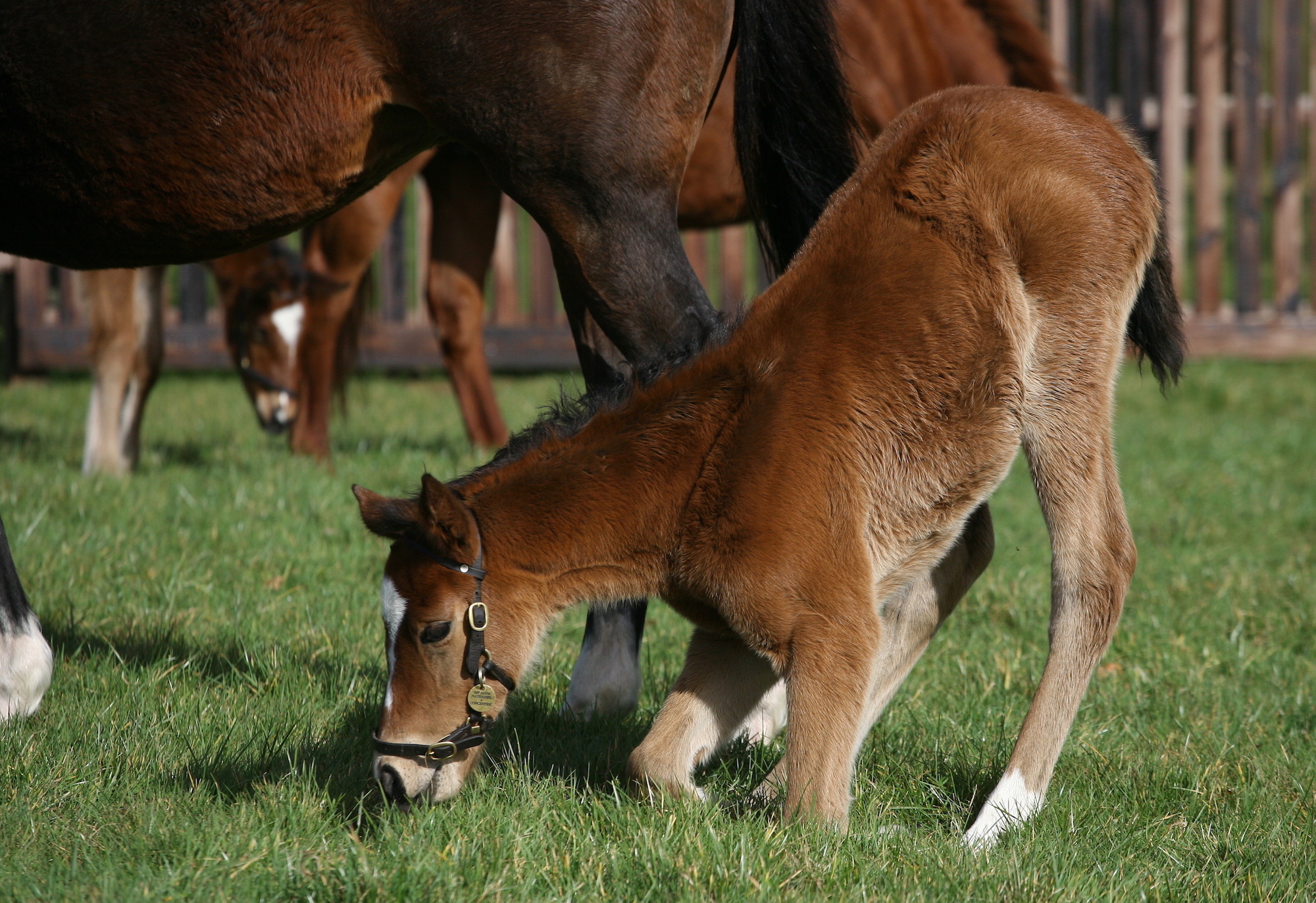
Juddmonte’s emphasis on home-grown talent is all-embracing. Its website barely recognises Dancing Brave, who was bought as a yearling but whose significant contribution to Abdullah’s racing life is unacknowledged in the roll-call of top-class horses produced by Juddmonte.
The head count of individual G1 winners currently stands at 113 after the victory of Grenadier Guards, a son of Frankel, in one of Japan’s two top juvenile races, the Asahi Hai Futurity, at Hanshin today (Sunday), and these horses have collectively won 220 such races. Even though Juddmonte has downsized quite significantly of late, there are bound to be dozens more in 2021 and beyond.
This article appears in the current issue of Gallop magazine.


